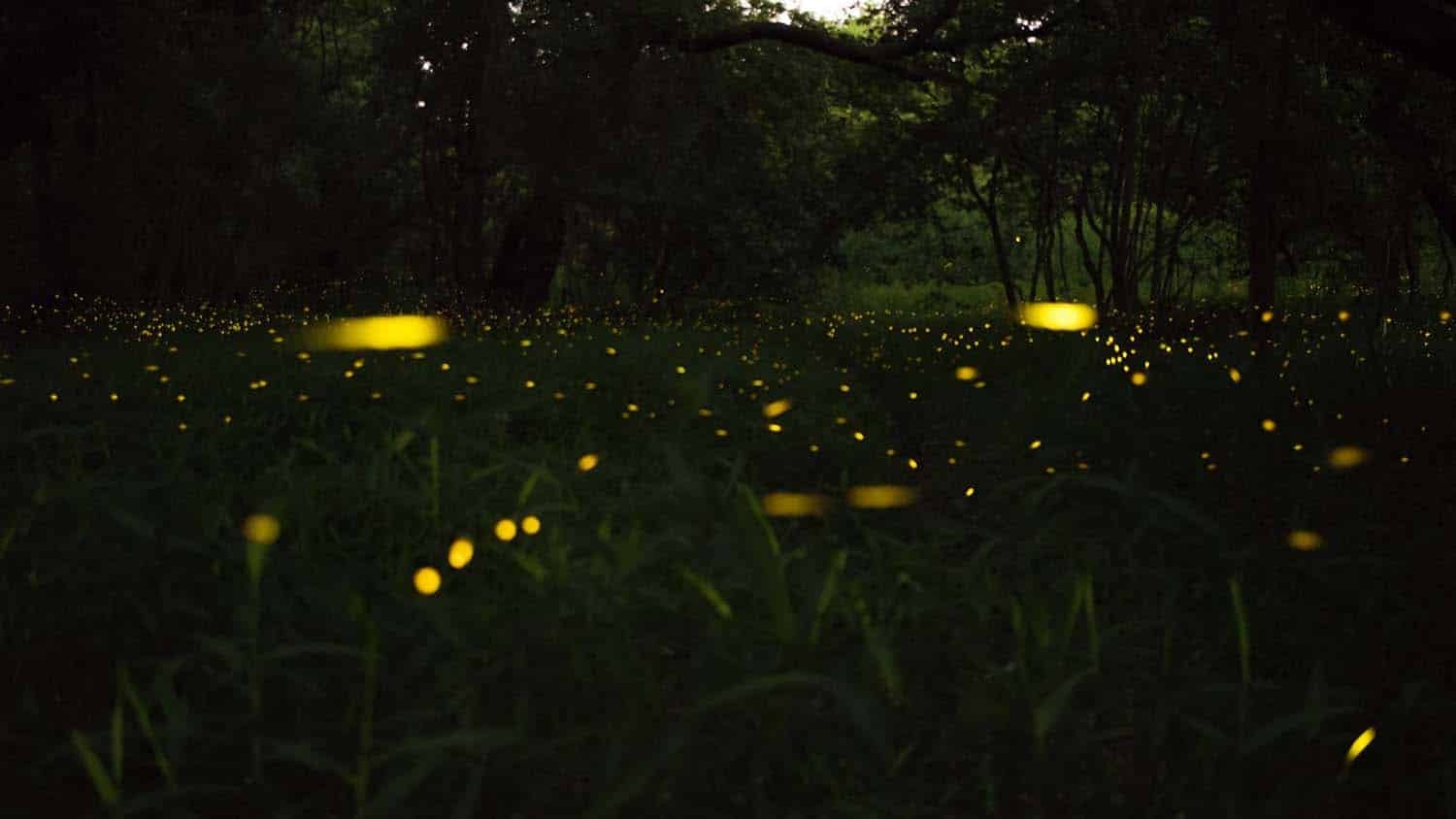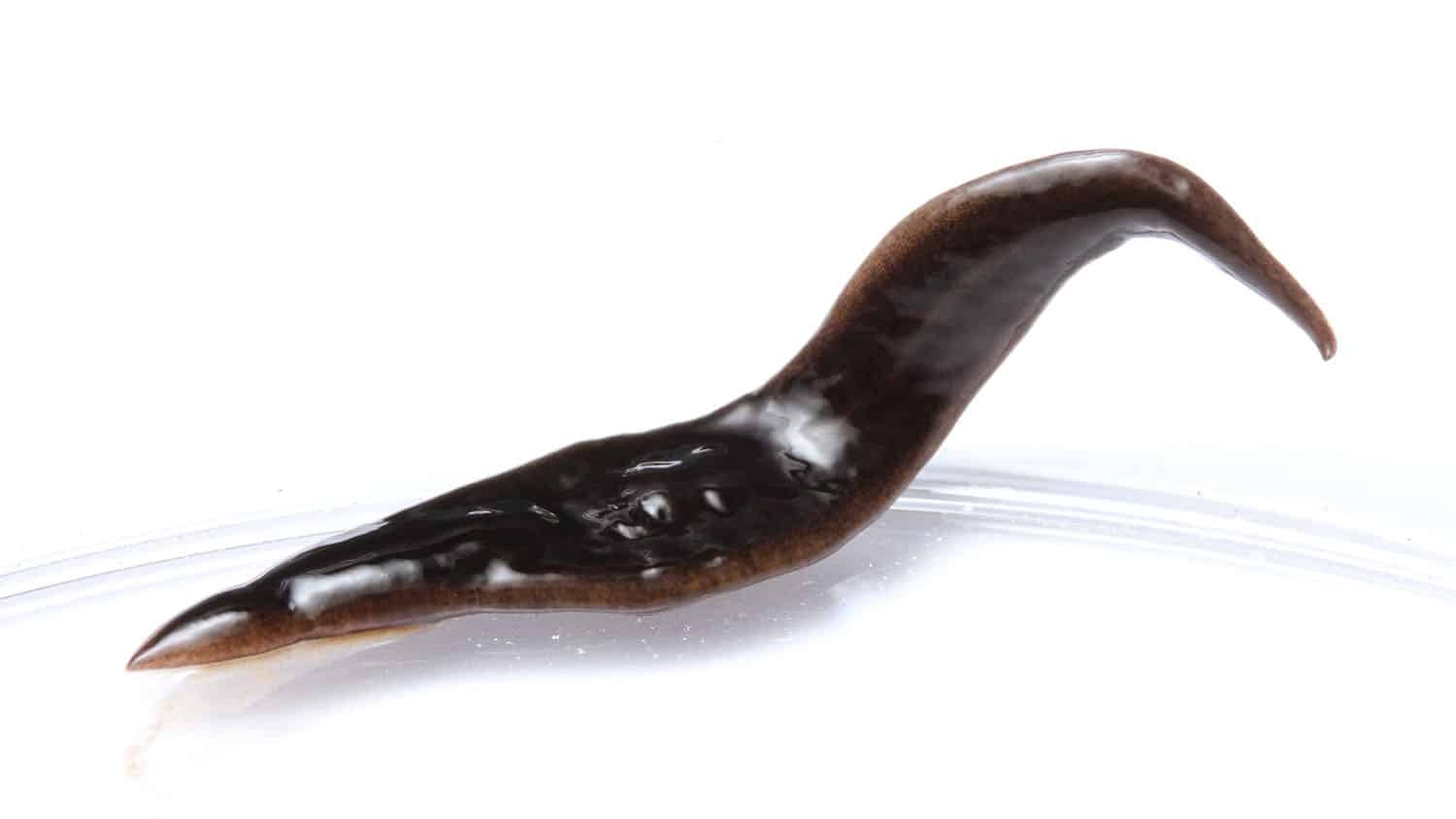Why Do Fireflies Light Up? And How Can I Bring More Fireflies to My Yard?

For many of us, seeing fireflies light up the night is one of the more pleasant signs that summer has arrived. But what’s behind their sparkling flights? And what can we do to bring more of these living nightlights to our yards?
To learn more, we reached out to Gareth Powell, an assistant professor of insect biodiversity at NC State and director of the North Carolina State University Insect Museum.
The Abstract: How many species of fireflies are there? And how many of those species live in North Carolina?
Gareth Powell: There are approximately 2,200 described species of fireflies with hundreds, if not thousands more still needing to be named. About 35 of these are currently known from North Carolina, with several unnamed ones even in our area.
TA: Why do fireflies light up?
Powell: Bioluminescence is thought to have originally evolved as a warning signal to predators, saying “don’t touch me, I have nasty chemicals that will hurt you if you do.” All the known larvae of fireflies around the world glow, advertising their toxicity as they crawl across the ground hunting for snails and slugs.
The majority, but not all, of adults also light up and are split into “glowers” and “flashers.” As adults, bioluminescence still functions as a warning signal for predators, but it is also used in mating. Many fireflies have species-specific flash patterns that males can use to find the right female. Some of these displays are call and answer, where the female lights up, the male responds, and there is communication back and forth until they find each other. In rare cases certain female fireflies will steal the flash pattern of a different species of firefly in the area, tricking males to come close so that they can eat them! This is referred to as “femme fatale” behavior.
TA: Why do some fireflies flash, while others glow? And how do they produce light in the first place?
Powell: Fireflies produce their own light through the manipulation of a compound called luciferin. This, combined with the enzyme luciferase, produces light. The light can be different wavelengths from yellows and bright greens to colors approaching blueish green in the famous blue ghost firefly.
As to whether adult fireflies are glowers or flashers, closely related species often exhibit the same type of light production, but both glowers and flashers often occur in the same areas. It is thought that flashing evolved when many species overlapped in distribution and there was a pressure to produce species-specific light signals so that individuals weren’t constantly flying over and trying to mate with the wrong species. The pressure of finding the right mate, especially at night, is a challenge and fireflies use several different strategies. Many species also have chemical cues, called pheromones, that allow for effective species recognition. Another mechanism might be the specific wavelength of the color being produced. For example, if the males of one species know to go to the light that looks a little more blue, they won’t be confused by the light that is almost yellow.
TA: Do different types of fireflies light up at different times of night? And do different species prefer to be close to the ground versus higher up?
Powell: Another way for fireflies to distinguish themselves from each other is to change their activity period and specific habitat. This is why we have species of fireflies that come out later than others. There are species that specifically flash right at dusk, then other species that don’t come out until later. Again, this way there is less confusion in finding the best mate. The same principle applies to even small changes in microhabitat. Certain species prefer open fields while others prefer dense forest; some might fly very high in the canopy whereas others are barely off the ground. This is just a very practical way of dividing up the habitat and limiting the overlap between different species in an area.
TA: What can people do to encourage the presence of fireflies in their yards?
Powell: We often think of the adult fireflies flying around and flashing green lights, but all fireflies start off as larvae crawling around the ground looking for snails and slugs to eat. My colleague Matt Bertone has described firefly larvae as “voracious, dragon-like predators.”
Both the snails and the larvae that are hunting them are most common in leaf litter, as this provides good cover and diet for the snails and slugs to eat. So, if you want more firefly adults moving around in your yard, what you really need is more leaf litter for the larvae to run around and grow in. No leaf litter means no fireflies!
Another important factor to keep in mind is that at night the bioluminescent signals are really important for these fireflies to find mates. Light pollution really makes this more challenging, because a bright porch light or deck light might drown out the tiny yellow-green glow of the female. Try turning off some exterior lights, especially any that face a wooded area, and see if you notice more fireflies.
This post was originally published in NC State News.


